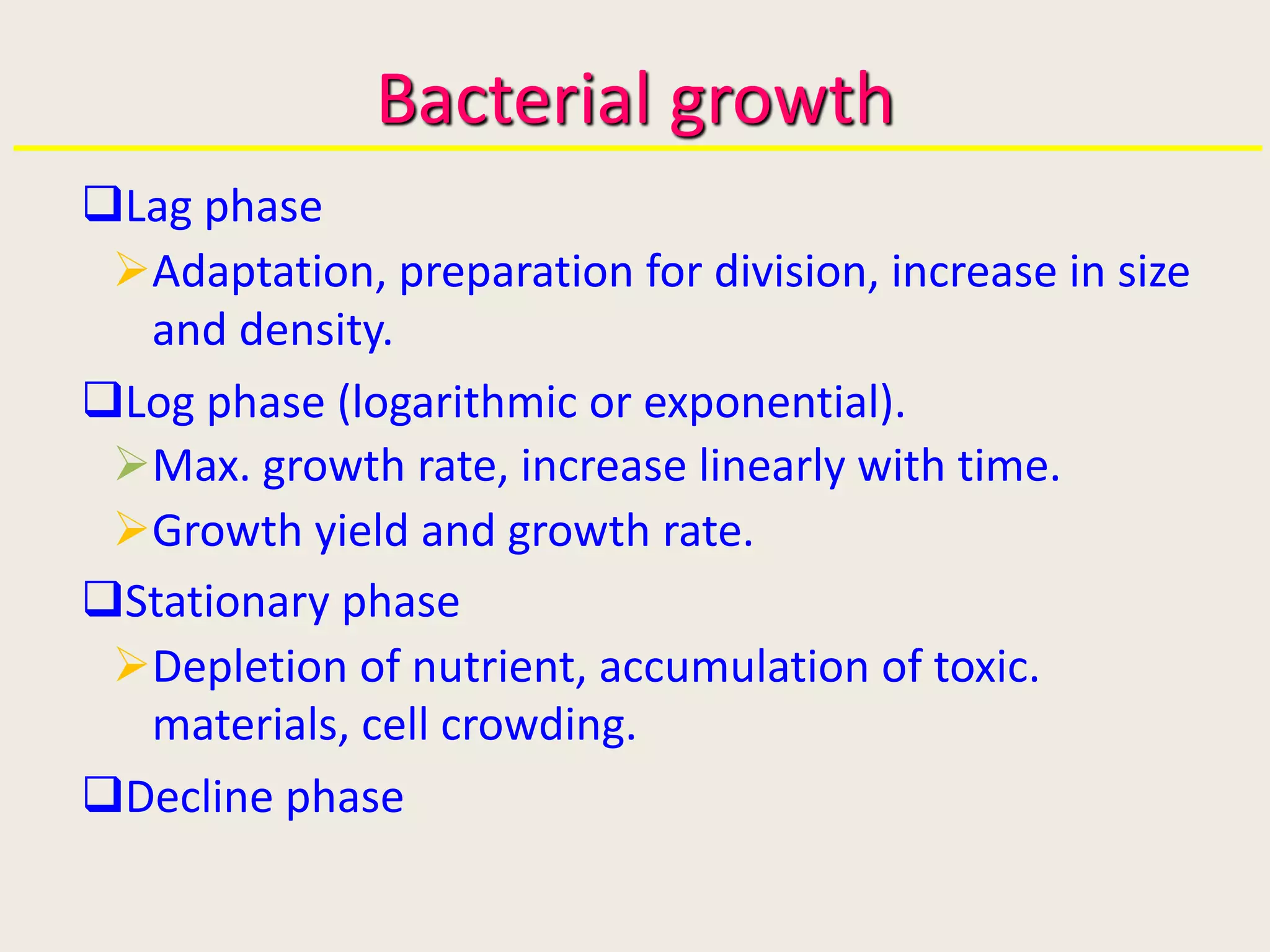The document covers the major groups of biotechnological products obtained from fermentation, including primary and secondary metabolites, and outlines the stages of bacterial growth. It discusses the production processes and applications of various antibiotics, including penicillin and streptomycin, along with techniques for their isolation and purification. Additionally, it mentions microbial production of amino acids like lysine and glutamic acid, highlighting their industrial significance.



































